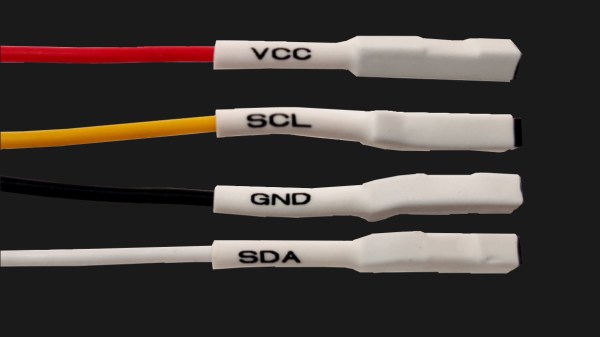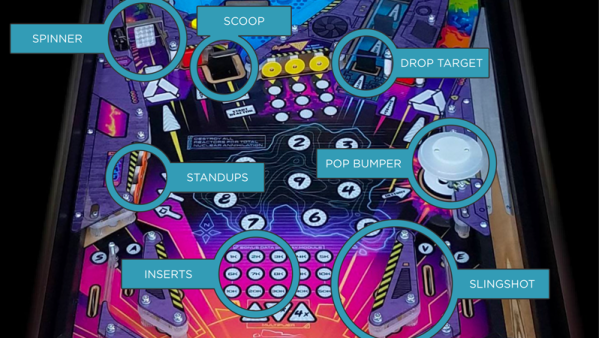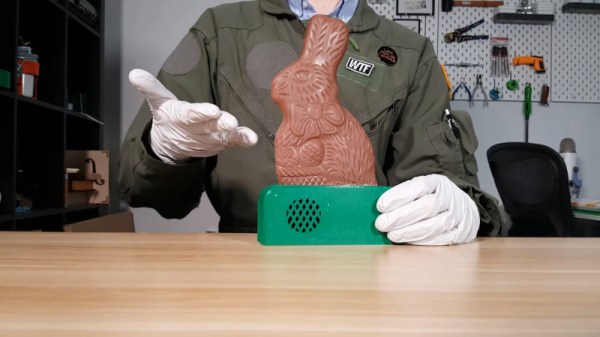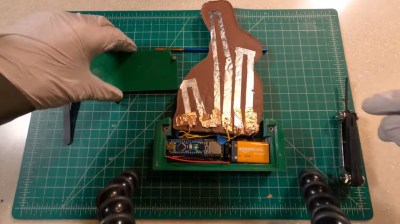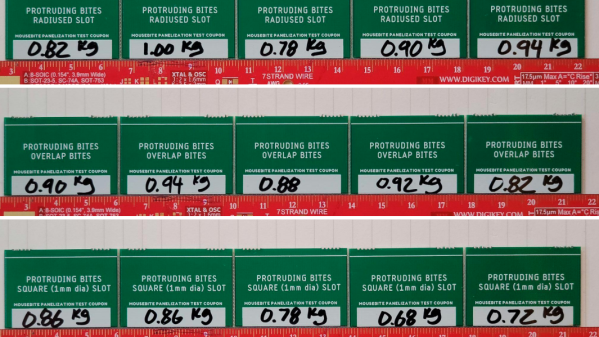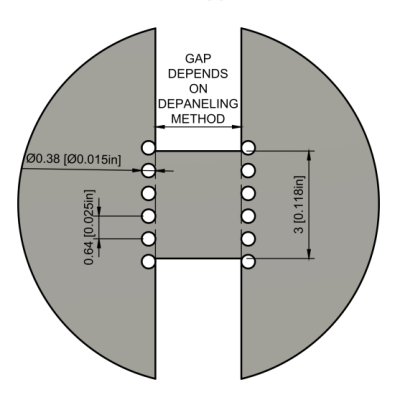Disposable vape pens, a sub-genre of electronic cigarettes, have been a fad for a few years now – they’re small self-contained devices with a rechargeable battery and some vape liquid inside. As the battery discharges and the liquid runs out, the entire vape pen is typically thrown out. [Dimitar] wants to change that, however, and teaches us how to reuse as much of the vape pen as possible — as yet another underappreciated source for parts we can use in our projects.
In an extensive worklog, he breaks down and documents a vape pen’s inner workings, coupled with a video we’ve placed below the break showing ways to disassemble them. In these, he shows how we can reuse the casing and the plastic parts, should any of us be interested in a project that happens to fit the e-cig form factor. Attention is paid to the sensor that triggers the evaporation — it may look like a microphone, but is actually a purpose-built pressure-sensor with a high-side switch! He tears into one of these in a separate video, showing how to reuse it as a capacitive touch controller. He also aiming to assemble a small database of related resources on GitHub, currently, hosting the files for the protection circuit he developed as part of his recommendations for safely reusing vape pen Li-ion batteries.
[Dimitar]’s journey is ongoing, and we can’t wait to see some fun uses for these components that he will certainly stumble upon on his way! For instance, here’s a hacker using an e-cig battery to power a pair of RGB LED-adorned sunglasses, replacing the AAAA battery they originally came with. We’ve seen hackers make guides on reusing each and every part of microwave ovens, printers and laptops, and we ourselves have talked about reusing ATX power supplies and computer mice.
Continue reading “2022 Hackaday Prize: Disposable Vape Pens Turned Project Parts”


